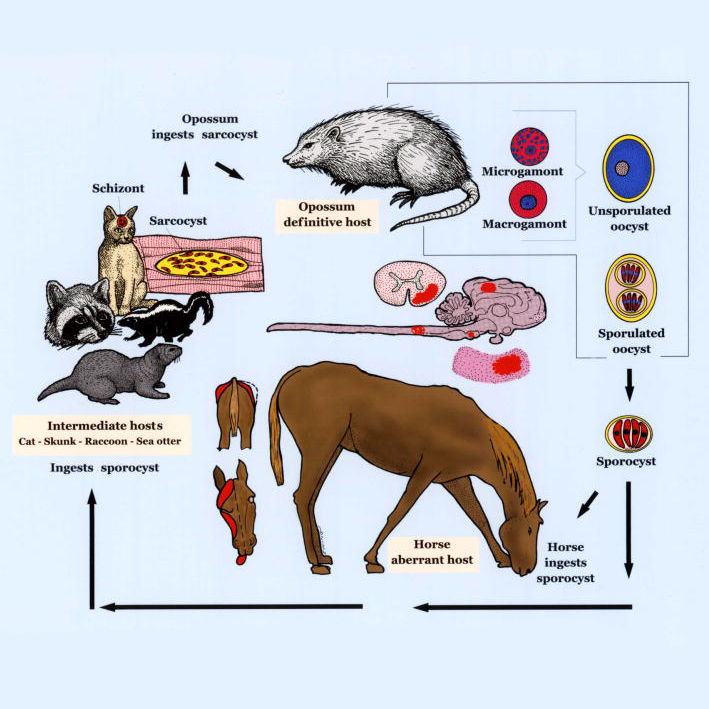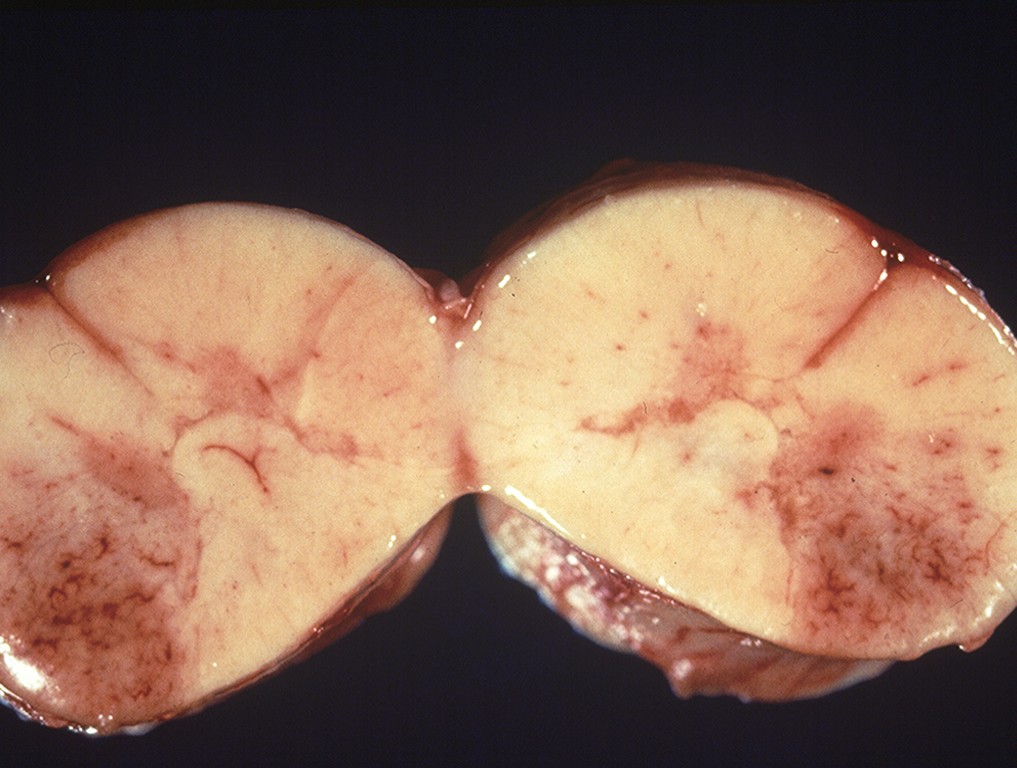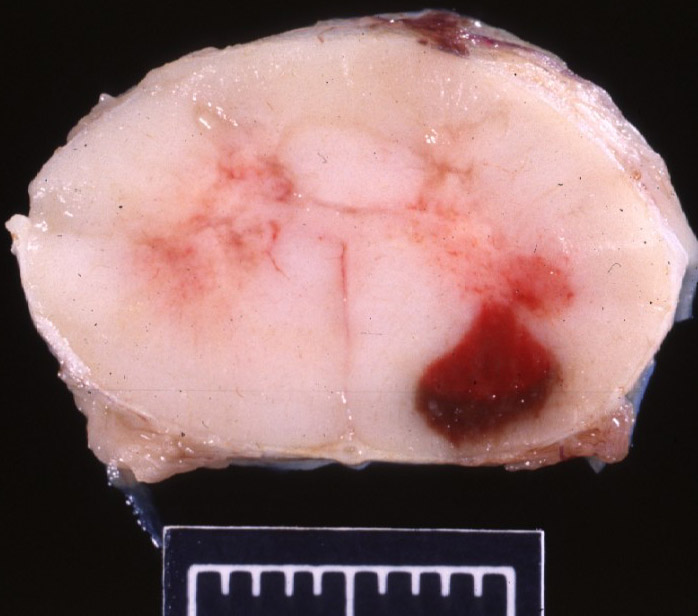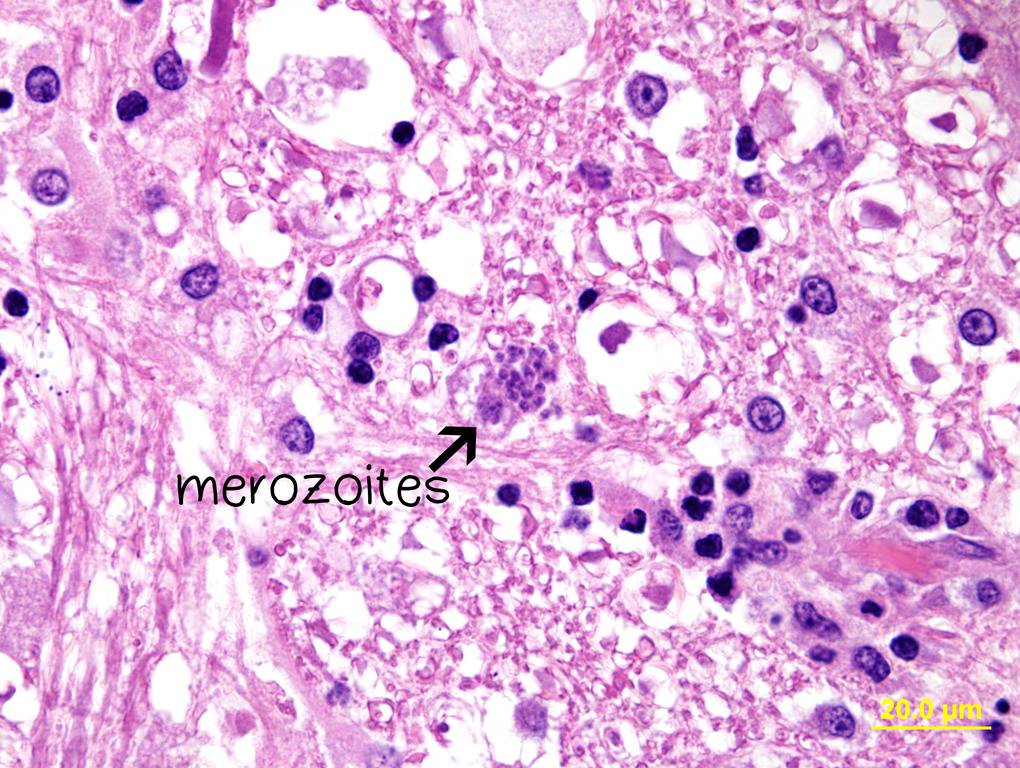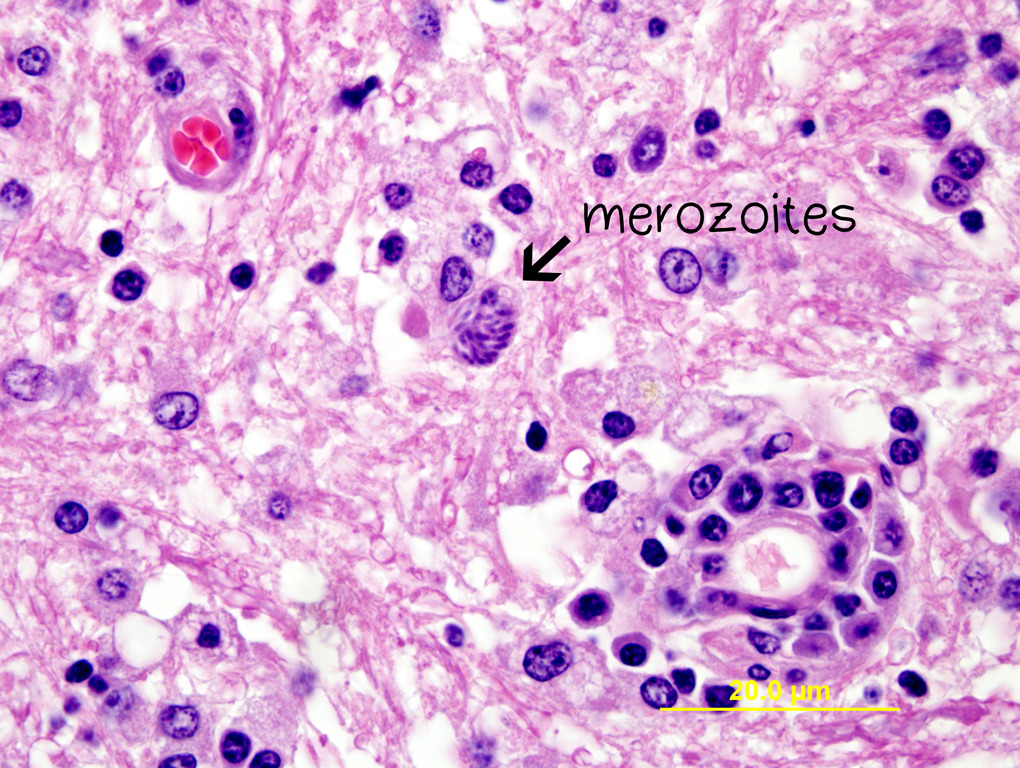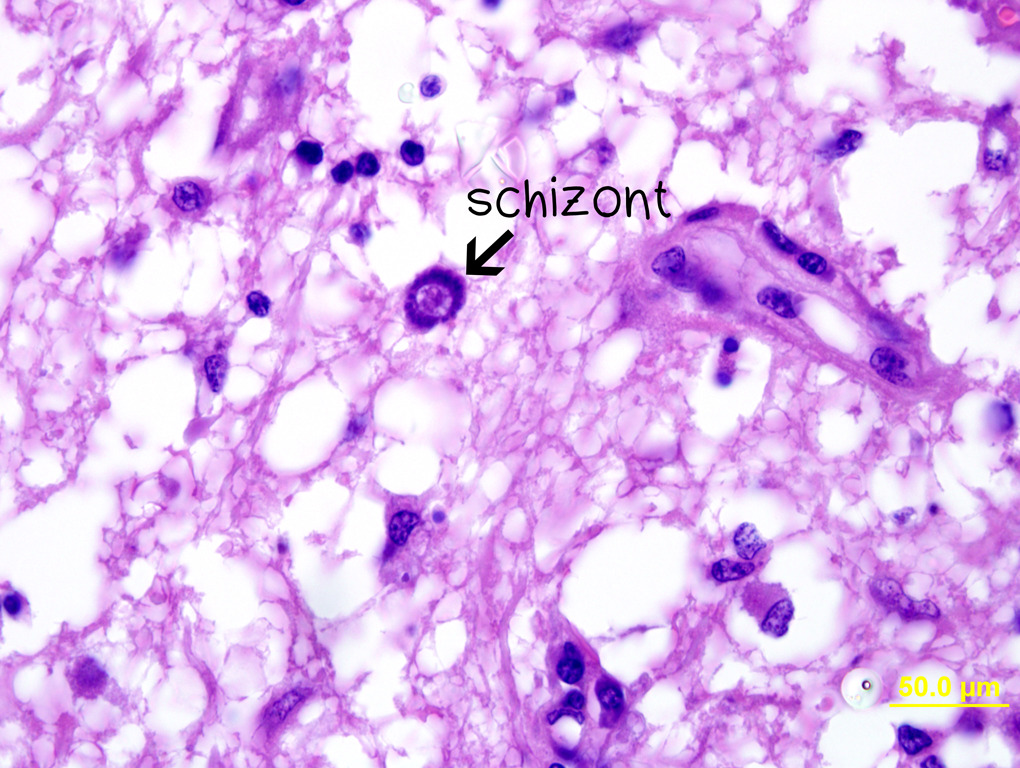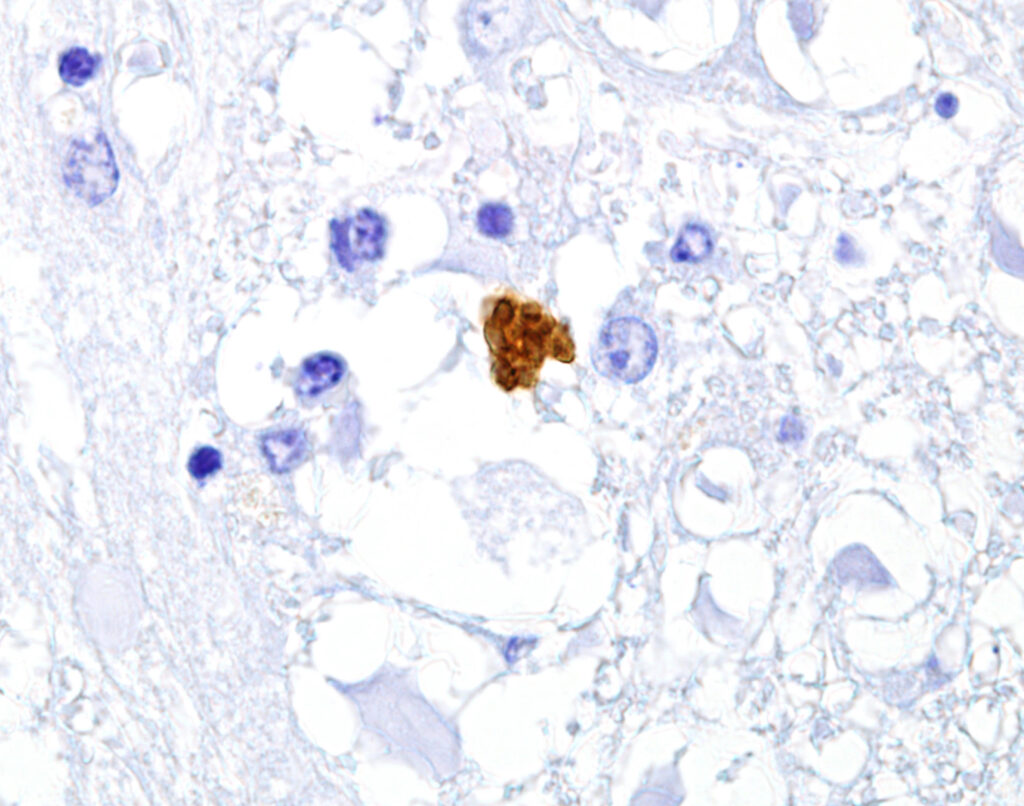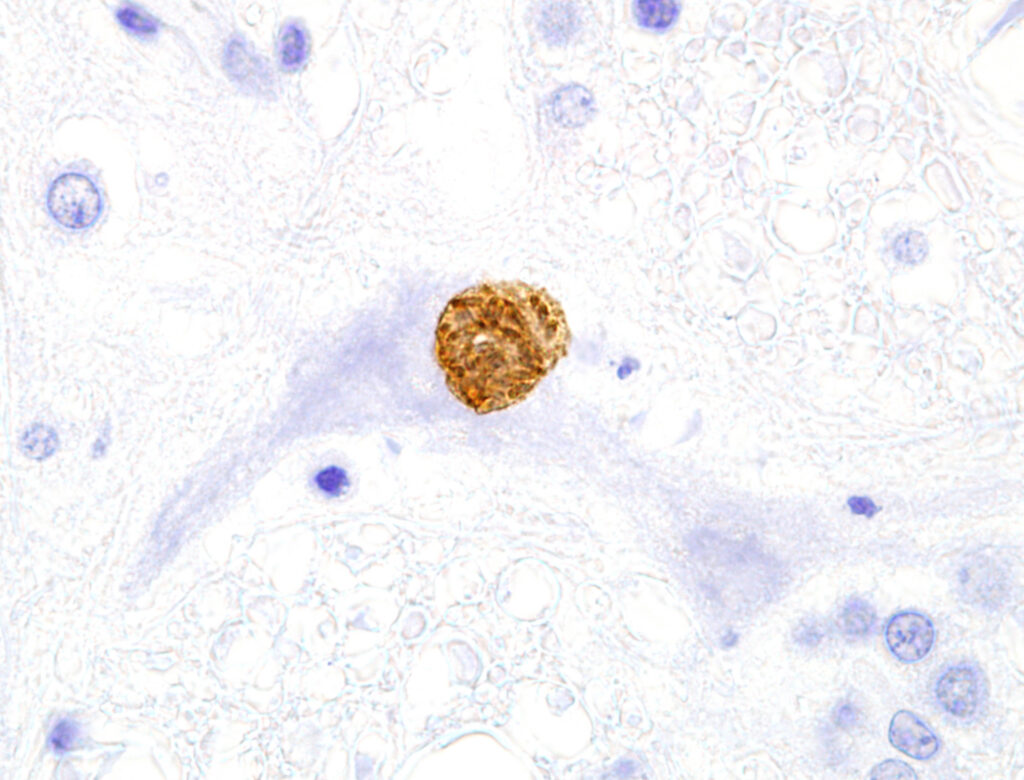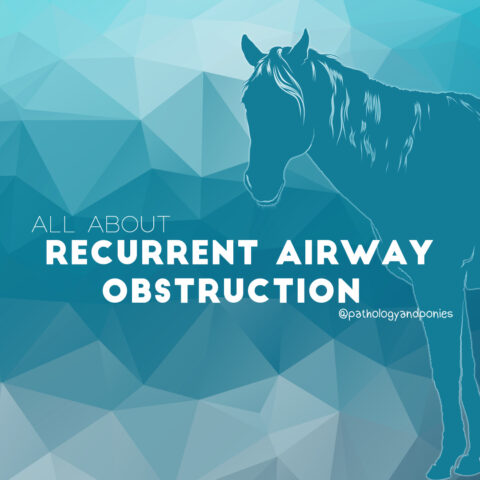Today’s path rounds is on 𝐞𝐪𝐮𝐢𝐧𝐞 𝐩𝐫𝐨𝐭𝐨𝐳𝐨𝐚𝐥 𝐦𝐲𝐞𝐥𝐨𝐞𝐧𝐜𝐞𝐩𝐡𝐚𝐥𝐢𝐭𝐢𝐬 (EPM)! This topic was a very popular request!
𝐖𝐡𝐚𝐭 𝐢𝐬 𝐢𝐭?
EPM is a nervous disease of horses that is caused by protozoan parasites, most commonly 𝐒𝐚𝐫𝐜𝐨𝐜𝐲𝐬𝐭𝐢𝐬 𝐧𝐞𝐮𝐫𝐨𝐧𝐚. Affected horses have 𝐚𝐭𝐚𝐱𝐢𝐚 (irregular gait due to nervous disease), weakness and depression. Horses also often have head tilt, facial nerve paralysis with drooping of the ears and lips, and difficulty swallowing. These clinical signs tend to get worse over time, progressing to seizures, recumbency and death.
𝐖𝐡𝐚𝐭’𝐬 𝐚 𝐩𝐫𝐨𝐭𝐨𝐳𝐨𝐚𝐧?
𝐏𝐫𝐨𝐭𝐨𝐳𝐨𝐚 are single-celled organisms that can be found free-living, ingesting organic matter or debris, or as parasites, living within another organism and feeding on their tissue. Sarcocystis in particular infects mammals.
𝐖𝐡𝐚𝐭 𝐢𝐬 𝐭𝐡𝐞 𝐥𝐢𝐟𝐞𝐜𝐲𝐜𝐥𝐞 𝐨𝐟 𝐒𝐚𝐫𝐜𝐨𝐜𝐲𝐬𝐭𝐢𝐬 𝐧𝐞𝐮𝐫𝐨𝐧𝐚?
Sarcocystis has a very complex lifecycle. The cycle starts with an opossum, which are the 𝐝𝐞𝐟𝐢𝐧𝐢𝐭𝐢𝐯𝐞 𝐡𝐨𝐬𝐭 (an animal that the protozoa is able to reproduce in) for Sarcocystis. Opossums excrete 𝐨𝐨𝐜𝐲𝐬𝐭𝐬 𝐚𝐧𝐝 𝐬𝐩𝐨𝐫𝐨𝐜𝐲𝐬𝐭𝐬 in their feces, which are the infectious and environmentally resistant stage of this protozoan. A raccoon, armadillo, skunk or cat will come along and ingest the sporocysts in contaminated food or water. Within this 𝐢𝐧𝐭𝐞𝐫𝐦𝐞𝐝𝐢𝐚𝐭𝐞 𝐡𝐨𝐬𝐭, the protozoan forms 𝐬𝐜𝐡𝐢𝐳𝐨𝐧𝐭𝐬, 𝐦𝐞𝐫𝐨𝐳𝐨𝐢𝐭𝐞𝐬 𝐚𝐧𝐝 𝐬𝐚𝐫𝐜𝐨𝐜𝐲𝐬𝐭𝐬, which are resting forms within the tissue. In the normal lifecycle for Sarcocystis, opossums would become infected by eating tissue from the affected intermediate hosts, allowing for more production of oocysts and sporocysts within the opossum.
𝐒𝐨 𝐡𝐨𝐰 𝐝𝐨 𝐡𝐨𝐫𝐬𝐞𝐬 𝐠𝐞𝐭 𝐒𝐚𝐫𝐜𝐨𝐜𝐲𝐬𝐭𝐢𝐬 𝐧𝐞𝐮𝐫𝐨𝐧𝐚?
Horses are considered an 𝐚𝐛𝐞𝐫𝐫𝐚𝐧𝐭 𝐡𝐨𝐬𝐭 for the protozoan, meaning that they weren’t supposed to get infected in the first place. Since horses aren’t often eating muscle, the typical route of exposure for horses is contamination of feed and water with opossum feces. It is very important to keep this in mind if you live somewhere with opossums!
𝐇𝐨𝐰 𝐝𝐨𝐞𝐬 𝐒𝐚𝐫𝐜𝐨𝐜𝐲𝐬𝐭𝐢𝐬 𝐜𝐚𝐮𝐬𝐞 𝐜𝐥𝐢𝐧𝐢𝐜𝐚𝐥 𝐬𝐢𝐠𝐧𝐬?
As mentioned previously, the clinical signs of Sarcocystis are typically neurological signs. This is because Sarcocystis tends to reside in the brain and spinal cord of affected horses, directly infecting and damaging neurons and supporting cells in these areas.
𝐇𝐨𝐰 𝐢𝐬 𝐢𝐭 𝐝𝐢𝐚𝐠𝐧𝐨𝐬𝐞𝐝?
The most commonly used test for diagnosis is testing blood and 𝐜𝐞𝐫𝐞𝐛𝐫𝐨𝐬𝐩𝐢𝐧𝐚𝐥 𝐟𝐥𝐮𝐢𝐝 (the fluid that surrounds the brain and spinal cord) for antibodies against the protozoan. There is also a 𝐏𝐂𝐑 𝐭𝐞𝐬𝐭 you can run on the cerebrospinal fluid that tests directly for the DNA of Sarcocystis to help identify the organism. At necropsy, there isn’t much to see usually. Sometimes you can see 𝐡𝐞𝐦𝐨𝐫𝐫𝐡𝐚𝐠𝐞𝐬 (spots of bleeding) within the spinal cord. Under the microscope, you can occasionally visualize the parasites themselves, in their resting forms (schizonts, merozoites and sarcocysts) within neurons of the brain and spinal cord. Because they can be hard to spot, we can use 𝐢𝐦𝐦𝐮𝐧𝐨𝐡𝐢𝐬𝐭𝐨𝐜𝐡𝐞𝐦𝐢𝐬𝐭𝐫𝐲, which is where an coloured antibody against Sarcocystis is applied to the tissue, so it highlights where the organism is present.
𝐇𝐨𝐰 𝐢𝐬 𝐢𝐭 𝐭𝐫𝐞𝐚𝐭𝐞𝐝?
Currently, the main treatments for EPM are 𝐚𝐧𝐭𝐢-𝐩𝐫𝐨𝐭𝐨𝐳𝐨𝐚𝐥 𝐝𝐫𝐮𝐠𝐬. However, treatment is not always completely effective, with under 25% of horses achieving full recovery. Horses can also have relapses after the treatment has been discontinued. Unfortunately, sometimes the remaining clinical signs or results of relapses can affect the horse’s welfare significantly, leading to euthanasia.
𝐏𝐡𝐨𝐭𝐨𝐬
1) A diagram showing the life cycle of Sarcocystis neurona.
2-3) Cross-sections of the spinal cord showing hemorrhages.
4-6) Schizonts and merozoites of Sarcocystis on histology. Not a very impressive looking critter considering the damage that it does!
7-8) Immunohistochemistry to highlight the organisms and make them easier for the pathologist to identify.
𝐒𝐨𝐮𝐫𝐜𝐞𝐬
Maxie, G. Jubb, Kennedy and Palmer’s Pathology of Domestic Animals, Volume 1. Sixth Edition.
MacKay, R.J. Equine protozoal myeloencephalitis. Merck Veterinary Manual 2020.
Dubey, J.P., Howe, D.K., Furr, M., Saville, W.J., Marsh, A.E., Reed, S.M., Grigg, M.E. An update on Sarcocystis nuerona infections in animals and Equine Protozoal Myeloencephalitis (EPM). Veterinary Parasitology 2015: 209(0): 1-42.
Photos 2-8 courtesy of Noah’s Arkive.

